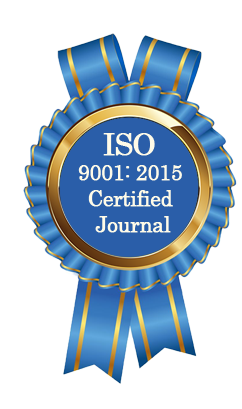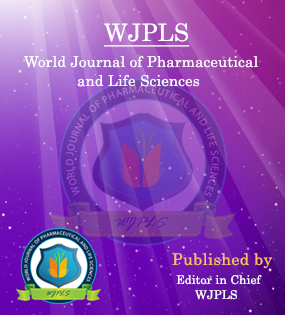Abstract
EXPERIMENTALSTUDYONTHERELATIONSHIPBETWEENFLUORIDE EXPOSURE ANDCARDIACOXIDATIVEBIOCHEMICALIMBALANCEAND ULTRASTRUCTURALDISRUPTIONSIN RATSUSINGSCANNINGELECTRON MICROSCOPY
*Shashi A. and Shiwani Dogra
ABSTRACT
Fluoride contamination in drinking water due to natural and anthropogenic activities has been recognized as one of the major problems worldwide imposing a serious threat to human health. Excessive exposure to fluoride causes metabolic, functional and structural damages in many organs especially in the heart. This study aimed to investigate the ultrastructural and biochemical changes induced by sodium fluoride (NaF) in the cardiac tissue of rats, focusing on oxidative stress parameters and antioxidant enzyme activities. Rats were orally administered NaF at doses of 300 mg/kg b.w./day and 600 mg/kg b.w./day for 40 days and the control rats were given 1 mL of deionized water for the same period. After the experimentation, rats were sacrificed and cardiac tissue was processed for further examination. Scanning electron microscopic examination highlighted structural abnormalities in cardiac tissues of fluoride-treated rats, including mineral deposits, collagen fiber fragmentation, distorted myofibers, and calcium crystal formations. These ultrastructural changes were more pronounced with higher fluoride doses, suggesting dose-dependent tissue damage. Oxidative stress parameters such as malondialdehyde (MDA) levels showed significant increases in both fluoride-treated groups, indicative of lipid peroxidation. Reduced glutathione (GSH) levels decreased significantly, suggesting compromised antioxidant defense mechanisms. Activities of antioxidant enzymes catalase (CAT), mitochondrial superoxide dismutase (MnSOD), and glutathione peroxidase (GPx) were markedly reduced in fluoride-treated groups, further indicating oxidative stress-induced damage. These findings underscore the potential of fluoride to induce oxidative stress and ultrastructural changes in cardiac tissue, suggesting a mechanism whereby fluoride exposure may contribute to cardiovascular dysfunction.
[Full Text Article] [Download Certificate]WJPLS CITATION 
| All | Since 2020 | |
| Citation | 590 | 424 |
| h-index | 12 | 10 |
| i10-index | 17 | 14 |
INDEXING
NEWS & UPDATION
BEST ARTICLE AWARDS
World Journal of Pharmaceutical and life sciences is giving Best Article Award in every Issue for Best Article and Issue Certificate of Appreciation to the Authors to promote research activity of scholar.
Best Article of current issue
Download Article : Click here





